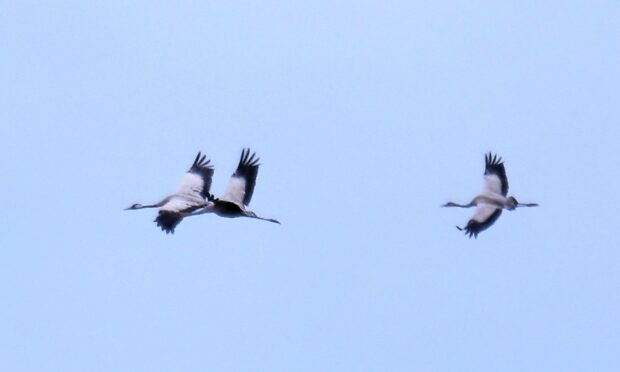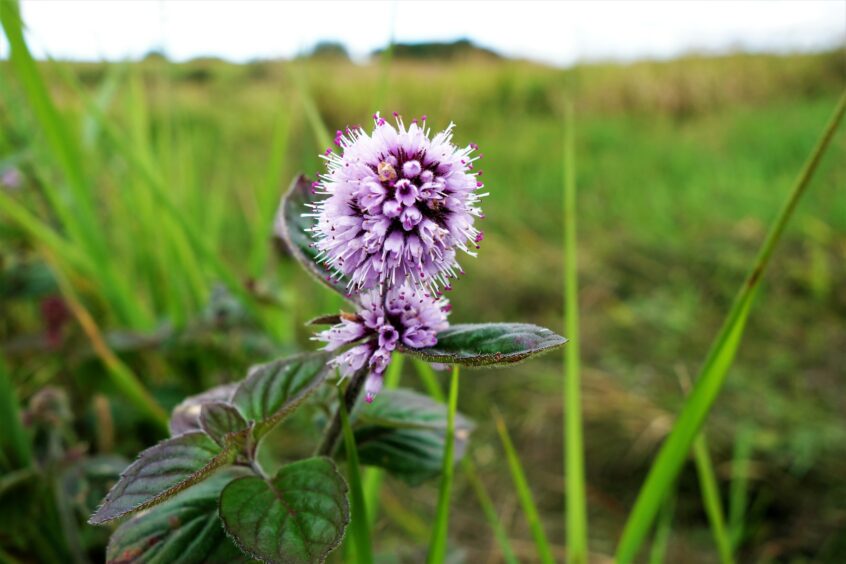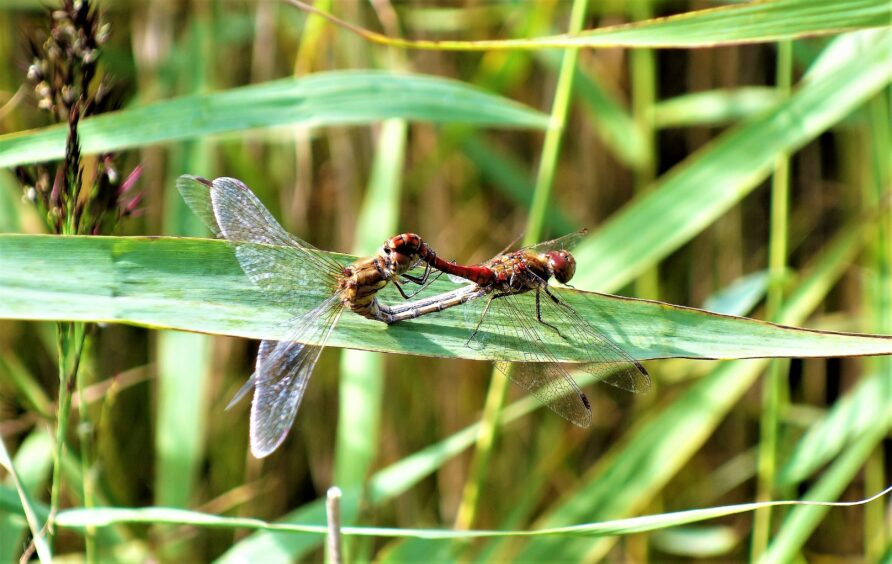Are you a loser when it comes to wildlife spotting?
I often feel so – for example, only recently when visiting Shetland, orcas were being spotted all around the islands, yet I always missed seeing them, despite the animals often being tantalisingly close to wherever I was venturing.
On trips to Africa, it was the jeep a few minutes ahead of us that always spotted African wild dogs or cheetahs, the beaming faces of the occupants annoyingly smug as they recounted their incredible encounters.
Yet, sometimes I strike lucky, and such was the case on a recent visit to Loch of Strathbeg near Fraserburgh.
I had only just settled into the Tower pool hide, which overlooks a wonderful area of damp grassland, mere and reeds, when under the scrutiny of my binoculars, three long-legged and long-necked, greyish birds caught my eye – cranes!
Wow, that was a bit unexpected, especially since I had only ever seen cranes once before, many moons ago in Sweden.
The birds rested for a bit longer, before taking to the air on elegant wings where they swept low over the reeds in a wide circle before disappearing over the horizon.
Their grace and beauty were compelling, and I knew I had just witnessed something truly special.
Recolonisation
Cranes became extinct in Scotland about 400 years ago, but in recent times, they have started to slowly recolonise north-east Scotland from Scandinavia and eastern Europe, where their numbers have been rapidly increasing.
The first breeding in Scotland was recorded in 2012, and last year there were seven pairs present in the north-east, two of which bred successfully.
It seems likely that we are on the cusp of a significant expansion of breeding cranes in Scotland, although their fortunes depend on the availability of suitable habitat such as peatlands and wetlands, which are continually under threat from drainage and disturbance.
Restoring and enhancing such areas will not only benefit cranes, but also a wide range of other flora and fauna.
Not long after the cranes had disappeared, a marsh harrier floating into view on slender wings, meticulously scrutinising the reed beds below for small prey to pounce upon, before it came to rest on the top of small tree.
Like cranes, marsh harriers are rare breeding birds in Scotland that are slowly increasing in numbers, with the main population centred on the Tay reed-beds between Perth and Dundee.
I watched the resting marsh harrier for several minutes, before leaving the hide and venturing back along a boardwalk where water mint was still in full bloom, their fluffy lilac-dusted flowers swaying gently in the breeze.
A pair of common darter dragonflies, coupled together in the act of mating, flew past me in clumsy fashion, before coming to rest on the flat blade of a reed.
Once mated, the female will lay her eggs in nearby languid pools and the cycle of life will have turned full circle once more.
INFO
Cranes are the tallest bird in the UK, standing at 4ft. They have intricate courtship displays, which includes bows and pirouettes.












